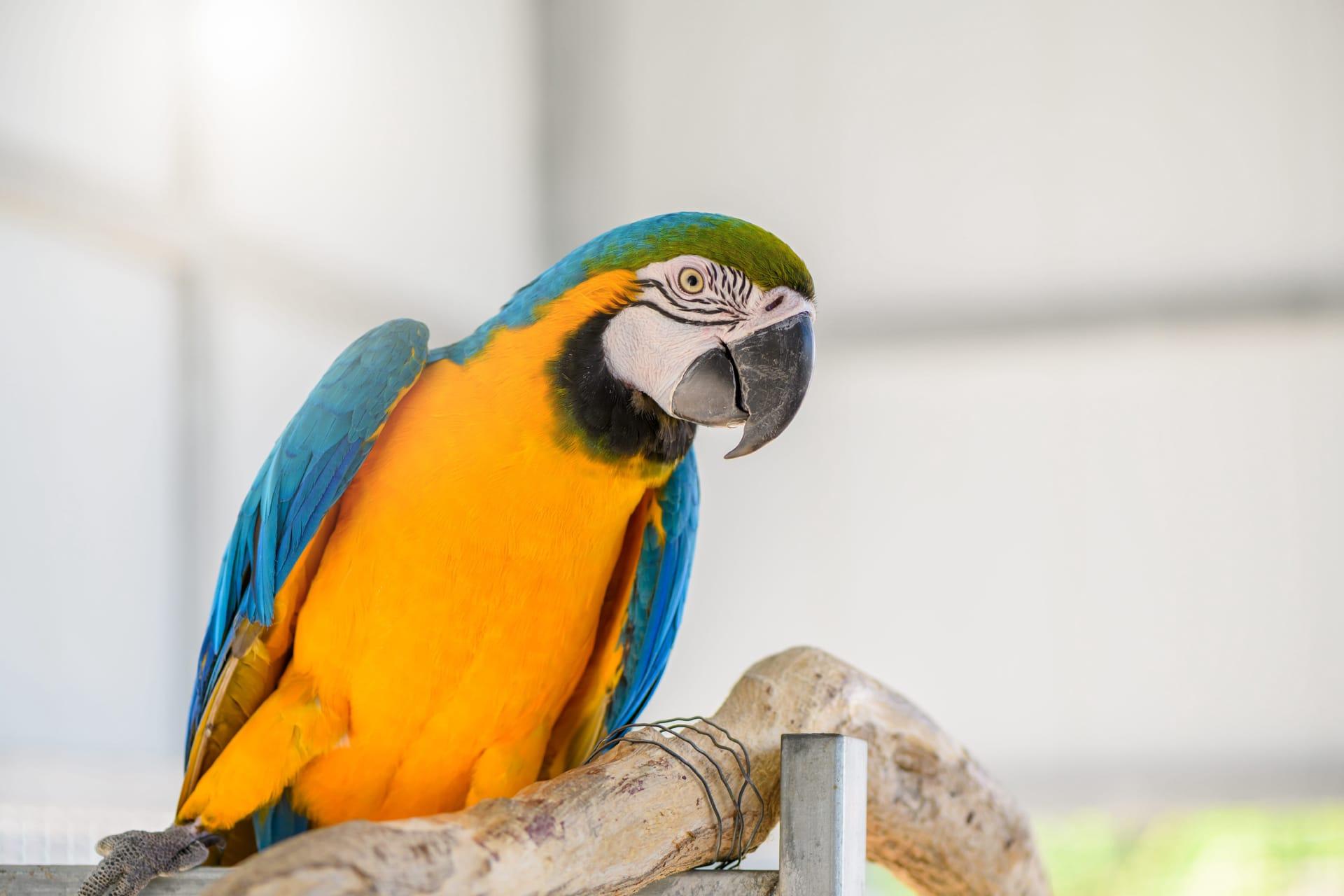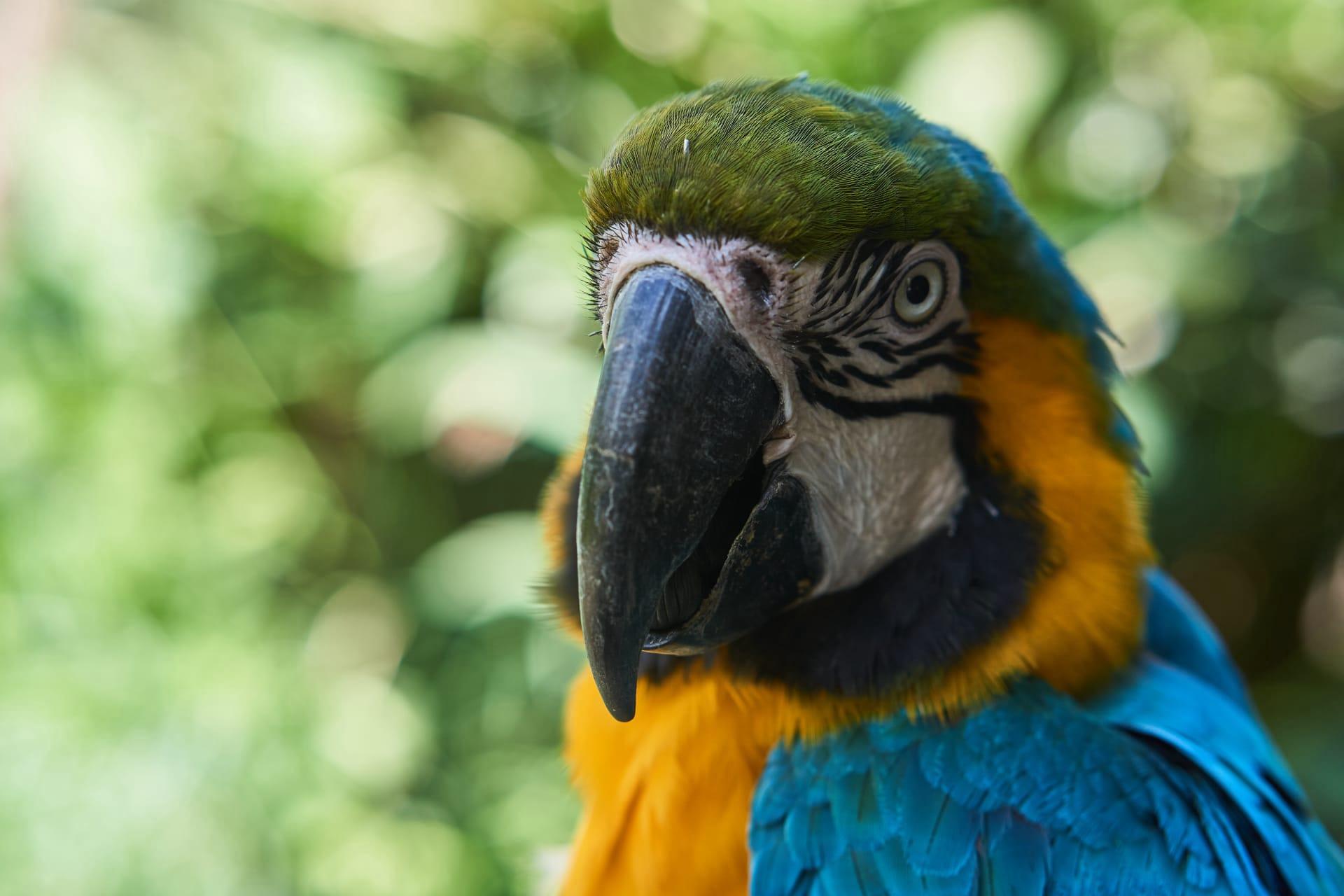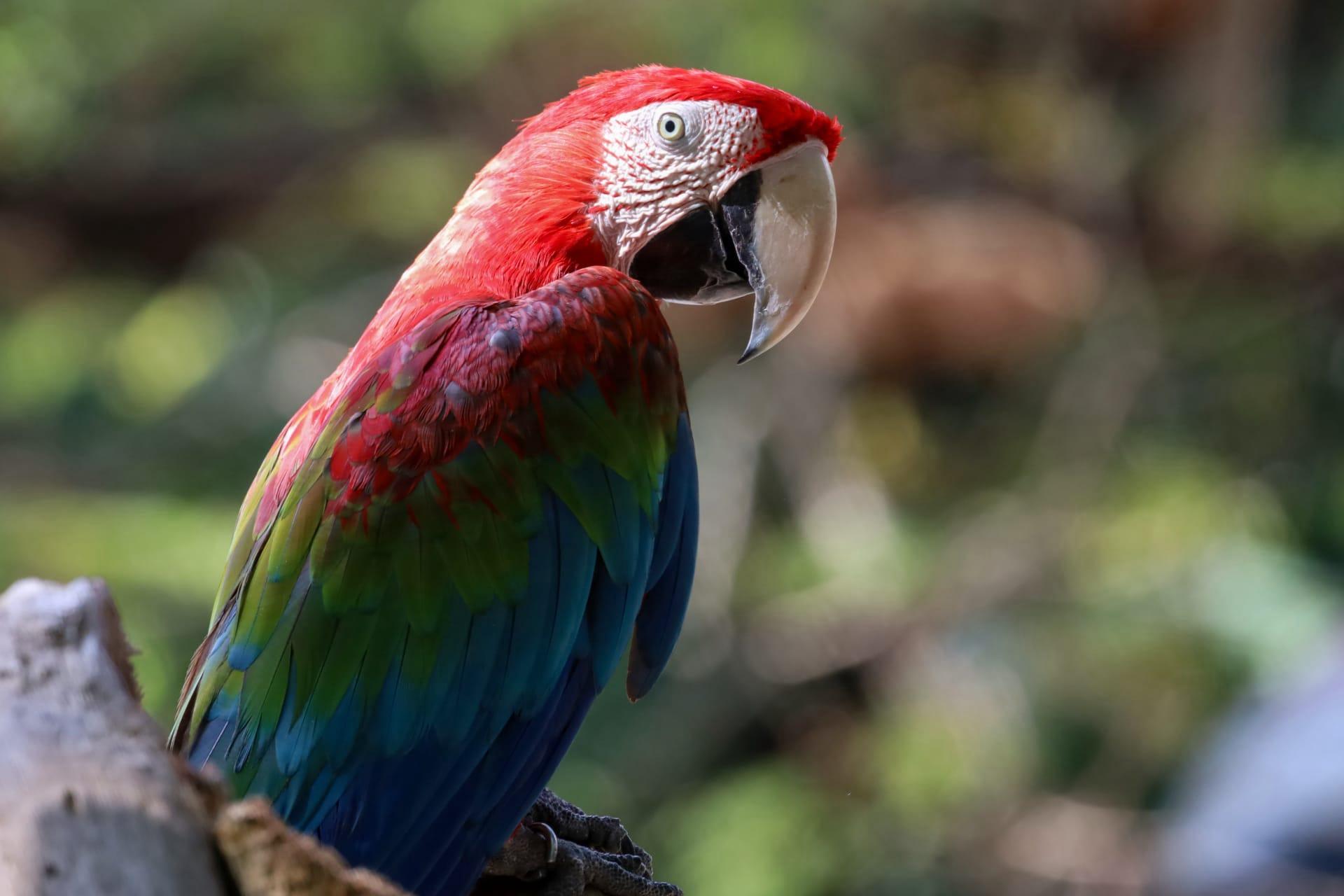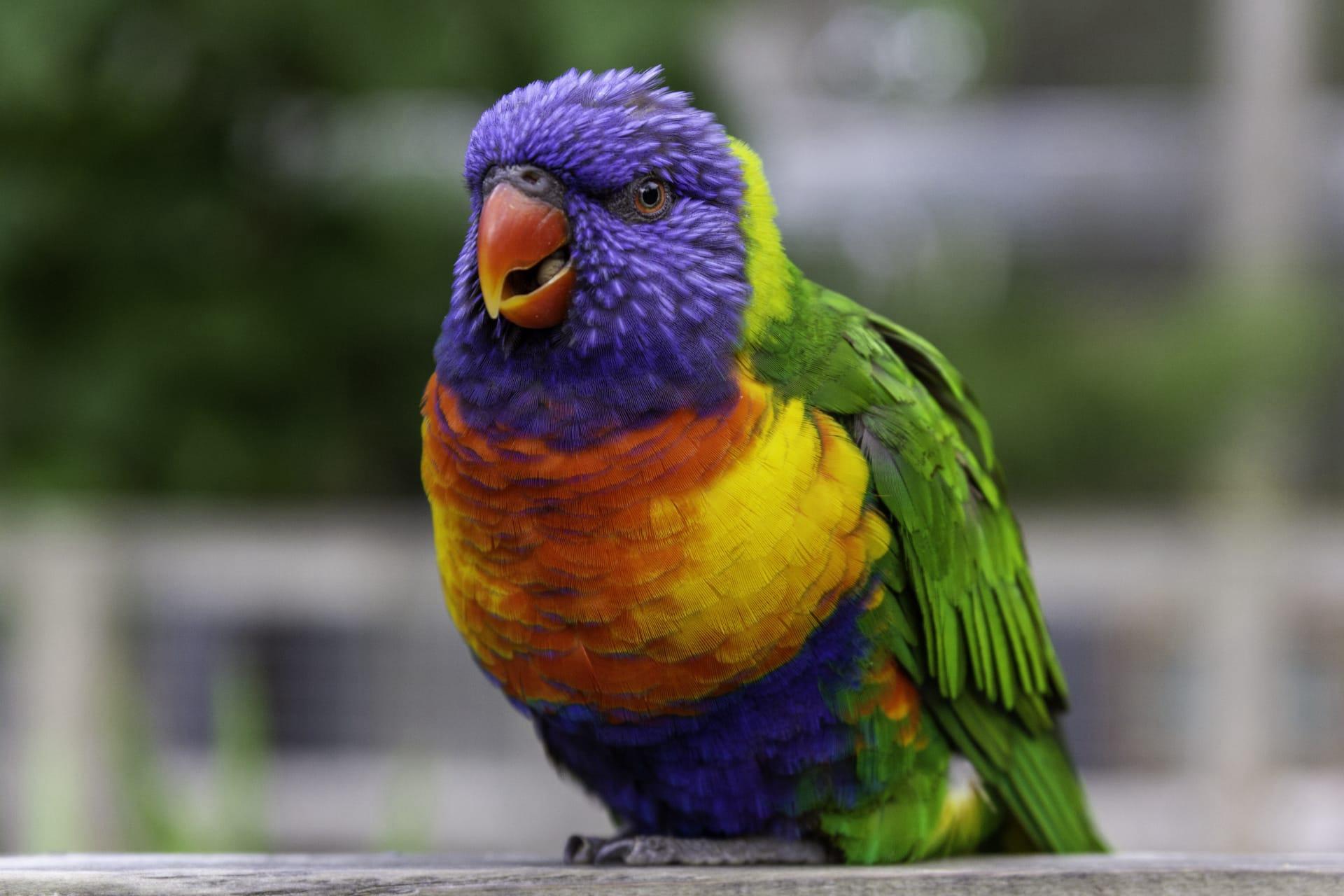Parrot
- Home /
- Mini Encyclopedia /
- Animal /
- Parrot
1
Parrots, known for their vivid colors and intelligence, belong to the Psittaciformes order, which comprises over 350 species. These species are divided into three super-families: Psittacoidea ("true" parrots), Cacatuoidea (cockatoos), and Strigopoidea (New Zealand parrots). Within these, the Psittacoidea is the largest, including iconic species like the African Grey, Macaws, and Lovebirds. Each species has unique characteristics, such as the African Grey's renowned cognitive abilities and the striking tail feathers of Macaws.
Parrots are predominantly found in tropical and subtropical regions. The greatest diversity exists in Australasia, Central America, and South America. For example, the Amazon rainforest is home to a myriad of parrot species, each adapted to life in dense forests. In contrast, some like the Monk Parakeet have adapted to urban environments. Notably, parrots' habitats range from rainforests to grasslands and even alpine regions, as seen in the Kea of New Zealand, which lives in mountainous areas.

2
Question: Can all parrots talk like humans?
Answer: Not all parrots can mimic human speech. The ability to mimic sounds, including human speech, varies greatly among species and individuals. African Greys and Amazon parrots are particularly renowned for their speaking abilities. This skill depends on the bird's environment, training, and individual personality. It's important to note that while some parrots can mimic human speech, they don't understand the language as humans do. Their mimicry is more about sound replication than actual communication.

3
Parrots have developed various survival strategies. Their strong, curved beaks are perfect for cracking nuts and seeds, which form a large part of their diet. Some species, like the Kea, have adapted to eat a wider range of foods, including insects. Parrots also have zygodactyl feet (two toes facing forward and two backward), providing a strong grip for climbing and handling food.
Camouflage is another key survival tactic. Parrots' vibrant colors surprisingly help them blend into the foliage, protecting them from predators. Social behavior is crucial too; many species live in flocks, which aids in finding food and defending against threats. Their loud calls and songs play a role in communication within these groups, helping maintain social bonds and warn of danger.

4
In ecosystems, parrots play several roles. Firstly, they are important seed dispersers. Eating fruits and nuts, they often fly great distances, excreting the seeds in different locations. This helps in the propagation of various plant species. Some parrots also aid in forest regeneration by cracking open hard-shelled fruits, allowing germination to occur.
Parrots are also part of the food chain, serving as prey for species like hawks and snakes. Their nesting habits contribute to the ecosystem too. For example, parrots that nest in tree cavities help to create habitats for other species like insects and small mammals, which use abandoned nests.

5
Film: "The Wild Parrots of Telegraph Hill" (USA, 2003) is a documentary that focuses on a flock of feral parrots in San Francisco. It explores the relationship between the birds and a local man who cares for them, offering insights into the personalities and social structures of these urban-dwelling parrots.
Book: "The Parrot Who Owns Me: The Story of a Relationship" (USA, 2001) by Joanna Burger. This book is a memoir detailing the author's relationship with her pet parrot, Tiko. It provides a personal and scientific exploration of the emotional and intellectual world of parrots.
Book: "Alex & Me" (USA, 2008) by Irene Pepperberg. This book narrates the life and studies of Alex, an African Grey parrot, under the care of the author, a renowned researcher. It delves into Alex's extraordinary cognitive abilities, highlighting the emotional and intellectual complexity of parrots.